Late Diagnosis of Autistic Individuals
Challenges, Possibilities, and HR Actions
DOI:
https://doi.org/10.31510/infa.v21i1.1880Keywords:
Autism. Human Resources. Late Diagnosis. Challenges.Abstract
The present study aimed to better understand the challenges faced by individuals diagnosed late with autism and to examine their potential impact on the workplace environment. The diagnosis of autistic individuals has been increasing, especially in adults, and with this growing trend, many companies are having to adapt and respond to the demand for hiring autistic individuals. The methodology used involved a literature review and the administration of a questionnaire via Google Forms, consisting of 08 questions, administered to professionals working in the Human Resources field of 07 companies located in the city of Araraquara, São Paulo. The results obtained demonstrate that despite the growing demand and interest from the HR field in creating a welcoming and inclusive environment, there is still a lack of investment in training for employees involved in hiring to identify and understand autistic individuals during the selection process. This research highlights the importance of investing in training programs to promote welcoming and equal environments for autistic individuals, especially those diagnosed late, aiming for improved worker productivity and a welcoming and inclusive workplace.
Downloads
References
Attwood, A. (1998). Asperger’s syndrome: A guide for parents and professionals. Jessica Kingsley Publishers.
ASSOCIAÇÃO PSIQUIÁTRICA AMERICANA (APA). Manual Diagnóstico e Estatístico de Transtornos Mentais. 5ª edição – DSM-5. Porto Alegre: Artes Médicas, 2014.
BRASIL. Política Nacional de Proteção dos Direitos da Pessoa com Transtorno do Espectro do Autismo – (TEA). Brasília, DF; 2012.
BRASIL. Lei de cotas para Deficientes e Pessoas com Deficiência. Brasília, DF; 1991.
BRASIL. Ministério da Educação e Cultura. SÃO PAULO (Cidade). Câmara Municipal. MANUAL DOS DIREITOS PESSOA COM AUTISMO SÃO PAULO, 2021.
BRAZ, L. Autismo no Brasil: “Casos não aumentaram, o que aumentou foi o volume de informações que levam ao diagnóstico” diz especialista. Disponível em < https://brasil61.com/n/autismo-no-brasil-casos-nao-aumentaram-o-que-aumentou-foi-o-volume-de-informacoes-que-levam-ao-diagnostico-diz-especialista-bras239991#:~:text=Com%20uma%20popula%C3%A7%C3%A3o%20estimada%20em,crian%C3%A7as%20apresentava%20TEA%20naquele%20ano > Acesso 25. Fev. 2024.
COSTA, J. Autistas relatam dificuldade de inserção no mercado de trabalho. In: Rev. Correio Braziliense. Jun. 2023. Disponível em < https://www.correiobraziliense.com.br/euestudante/trabalho-e-formacao/2023/06/5103584-autistas-relatam-dificuldade-de-insercao-no-mercado-de-trabalho.html>. Acesso em 13. Nov. 2023.
COSTA, R. Autistas chegam ao mercado de trabalho. In: Rev. Istoé Independente. Ed. 2191. Nov. 2011. Disponível em:< http://www.istoe.com.br/reportagens/174092_AUTISTAS+CHEGAM+AO+MERCADO+DE+TRABALHO>. Acesso 13. Nov. 2023.
HARMON, A. Autistic and seeking a place in an adult world. New York Times, p. A1, 2011.
HUANG Yunhe; ARNOLD, Samuel RC; FOLEY, Kitty-Rose; TROLLER, Julian N. Diagnosis of autism in adulthood: a scoping review. Autism, v. 24, n. 6, p. 1311-1327, 2020. DOI: https://doi.org/10.1177/1362361320903128
HURLBUTT, K; CHALMERS, L. Employment and adults with Asperger syndrome. Focus on autism and other developmental disabilities, v. 19, n. 4, p. 215-222, 2004. DOI: https://doi.org/10.1177/10883576040190040301
JACK, C. From Autistic Linear Spectrum to Pie Chart Spectrum. Disponível em:< https://www.psychologytoday.com/gb/blog/women-autism-spectrum-disorder/202208/autistic-linear-spectrum-pie-chart-spectrum >. Acesso 23. Nov. 2023.
LEOPOLDINO, Claudio Bezerra. Inclusão de autistas no mercado de trabalho: uma nova questão de pesquisa. Revista Eletrônica Gestão & Sociedade, v.9, n.22, p. 853-868 Janeiro/Abril, 2015. DOI: https://doi.org/10.21171/ges.v9i22.2033
MASATAKA, N. Neurodiversity and artistic performance characteristic of children with autism spectrum disorder. Frontiers in psychology, v. 9, 2018. DOI: https://doi.org/10.3389/fpsyg.2018.02594
MENEZES, Michelle Zaíra Maciel. O diagnóstico do transtorno do espectro autista na fase adulta. Trabalho de Conclusão de Curso. Especialização em Transtornos do Espectro do Autismo, Faculdade de Filosofia e Ciências Humanas, Belo Horizonte, 2020.
ROSQVIST, H. B.; KEISU, B. Adaptation or recognition of the autistic subject? Reimagining autistic work life: Deconstructing the notion of “real jobs” in the Swedish autistic self-advocacy movement. Journal of Vocational Rehabilitation, v. 37, p. 203–212, 2012. DOI: https://doi.org/10.3233/JVR-2012-0615
SCHALL, C. M. Positive behavior support: Supporting adults with autism spectrum disorders in the workplace. Journal of Vocational Rehabilitation, v. 32, n. 2, p. 109-115, 2010. DOI: https://doi.org/10.3233/JVR-2010-0500
SCHALL, C.; WEHMAN, P.; MCDONOUGH, J. L. Transition from school to work for students with autism spectrum disorders: understanding the process and achieving better outcomes. Pediatric Clinics of North America, v. 59, n. 1, p. 189-202, 2012. DOI: https://doi.org/10.1016/j.pcl.2011.10.009
SILVA, Mariana Valente Teixeira da; LAPLANE, Adriana Lia Friszman de. Trajetórias escolares de alunos com Transtorno do Espectro Autista e expectativas educacionais das famílias. Dissertação (mestrado)- Universidade Estadual de Campinas – Faculdade de Ciências Médicas. Campinas, SP: [s.n.], 2014. DOI: https://doi.org/10.17648/galoa-cbee-6-28313
SOCIEDADE BRASILEIRA DE PEDIATRIA (SBP). Manual de Orientação / Transtorno do Espectro Autista. Porto Alegre, 2019.
Downloads
Published
Issue
Section
License
Copyright (c) 2025 Revista Interface Tecnológica

This work is licensed under a Creative Commons Attribution 4.0 International License.
Os direitos autorais dos artigos publicados pertencem à revista Interface Tecnológica e seguem o padrão Creative Commons (CC BY 4.0), que permite o remixe, adaptação e criação de obras derivadas do original, mesmo para fins comerciais. As novas obras devem conter menção ao(s) autor(es) nos créditos.

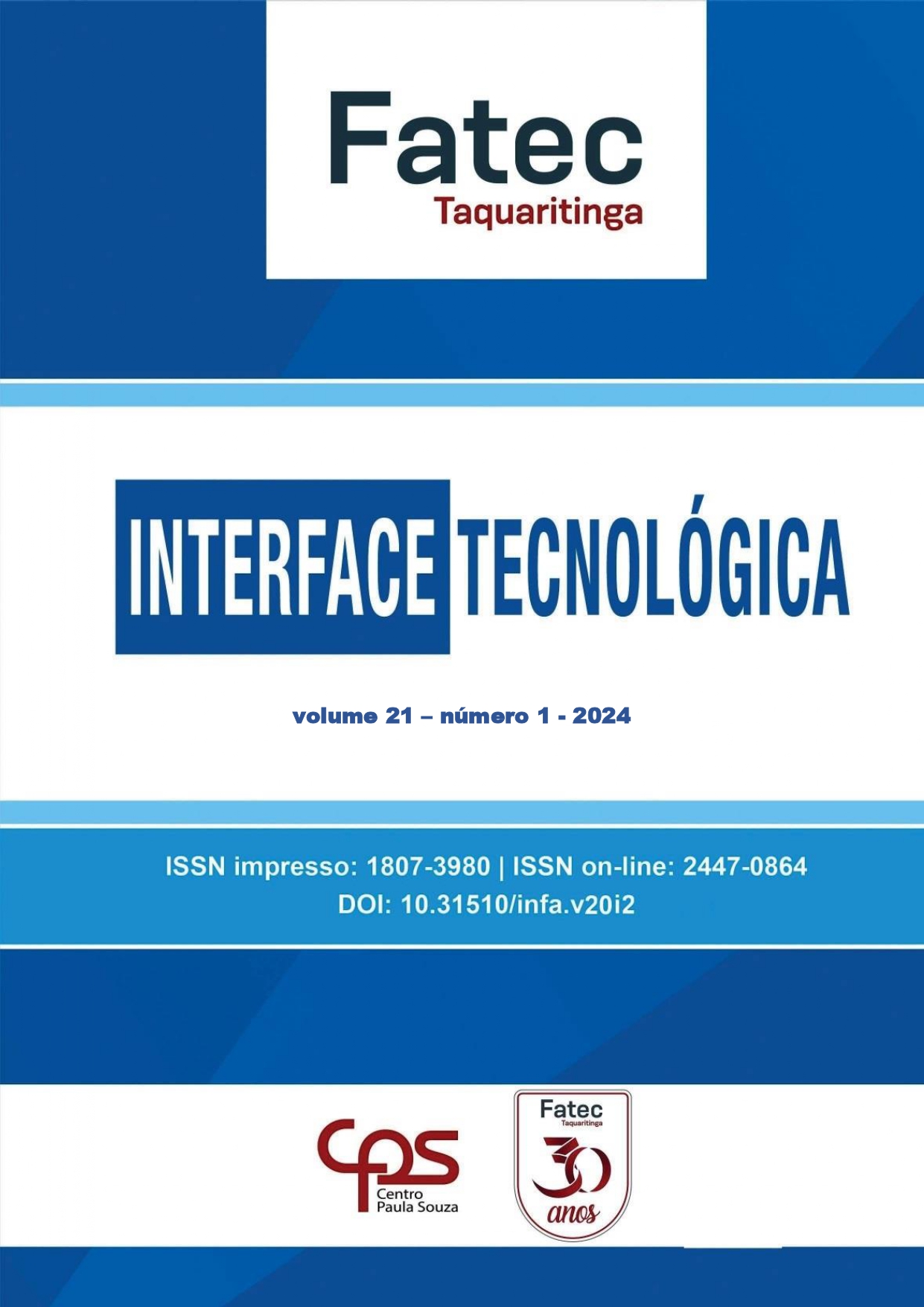




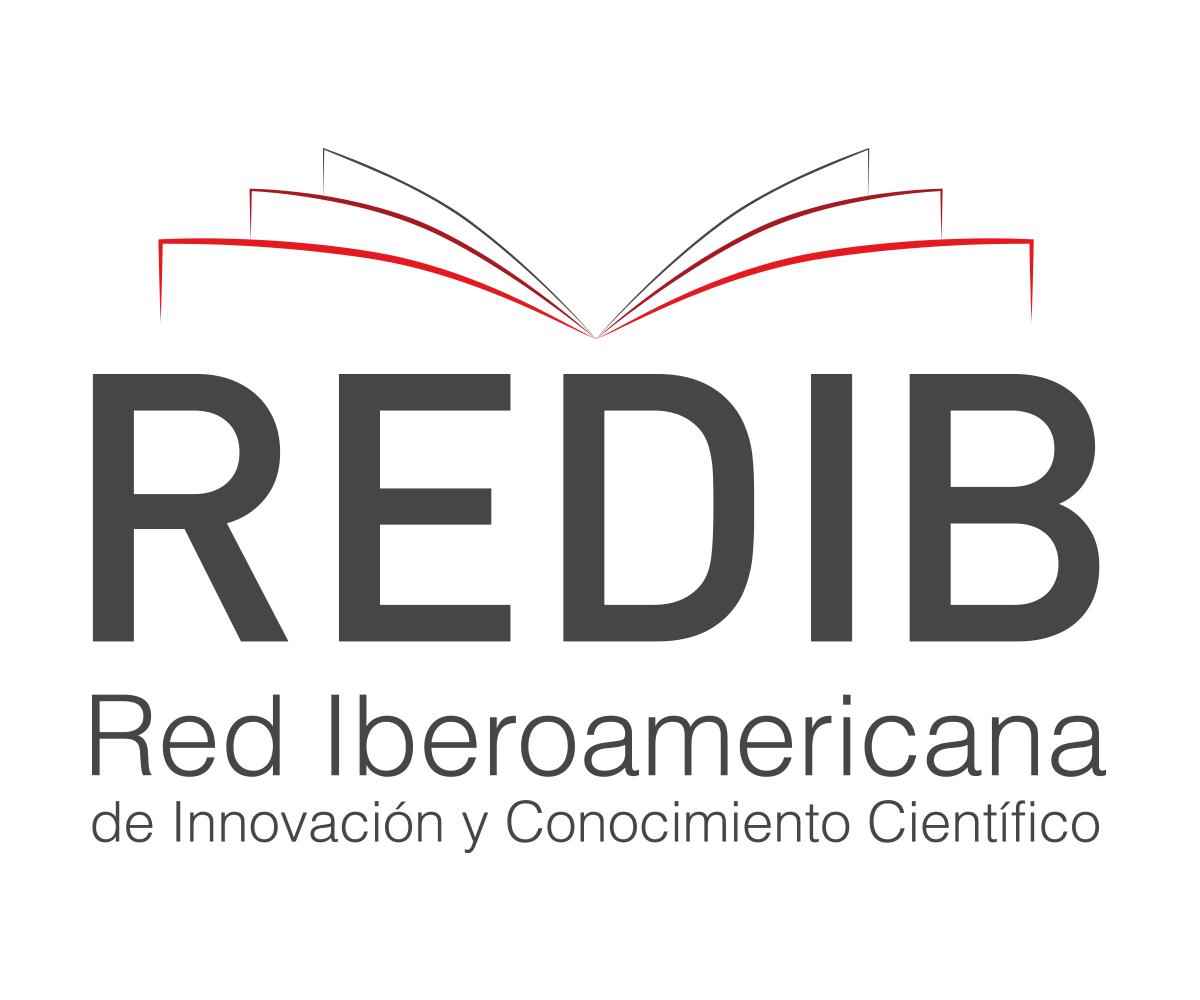
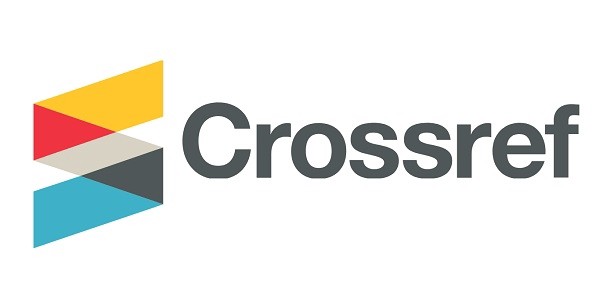
.jpg)
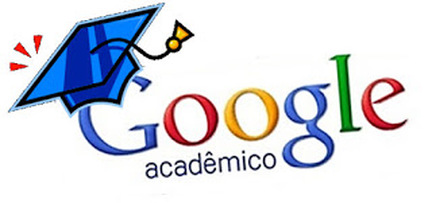


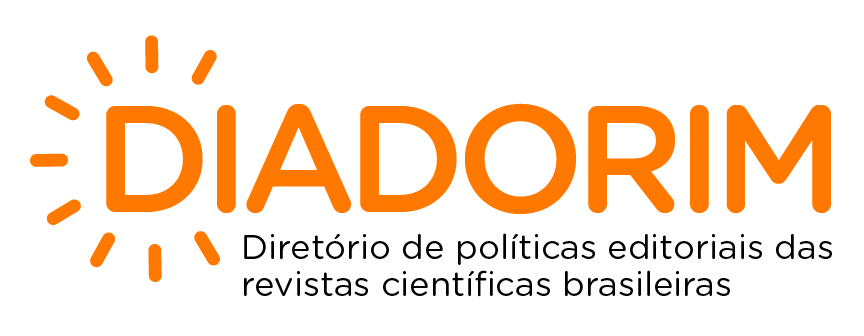
1.png)
1.png)
